10 Best Herbal Tinctures For Red Eyes

Herbal tinctures for red eyes are concentrated liquid extracts made from various medicinal plants known for their anti-inflammatory and soothing properties.
Commonly used herbs include chamomile, calendula, and eyebright, which are believed to help reduce eye irritation and promote healing. These tinctures are typically prepared by soaking the dried herbs in alcohol or glycerin to extract their active compounds. They can be applied directly to the eyes using a clean cloth or dropper, though it is important to follow proper hygiene to avoid infection.
While some people find relief with herbal tinctures, it is advisable to consult a healthcare professional before use, especially for persistent or severe eye conditions.
FREE COURSE
How to make medicinal herbal tinctures for common ailments at home and in a weekend (using the Healing Drops System).

Table of Contents
1. Hypericum perforatum
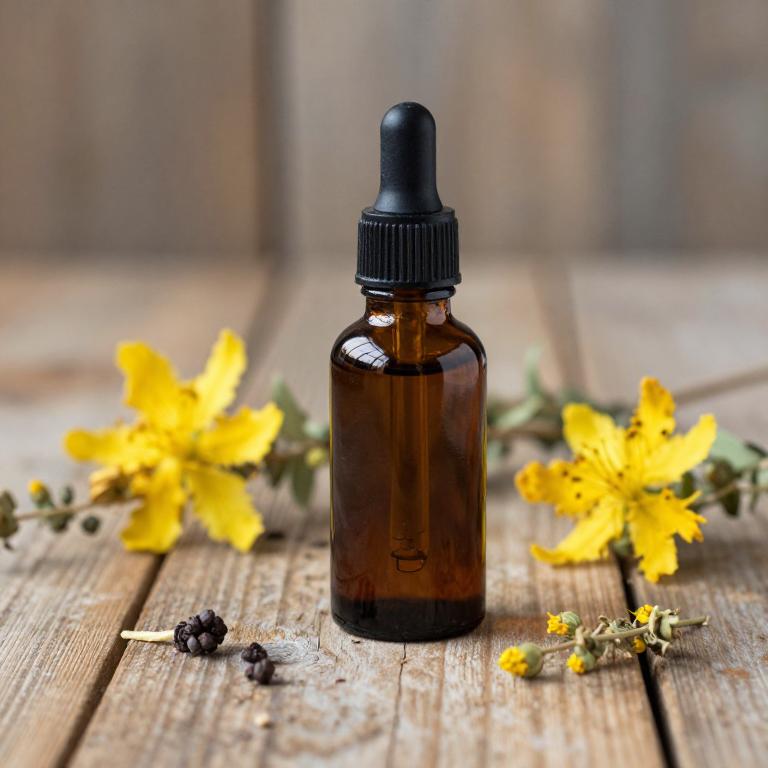
Hypericum perforatum, commonly known as St. John's Wort, has been traditionally used for its potential therapeutic effects on various health conditions, including eye-related issues.
While it is more widely recognized for its use in treating mild to moderate depression, some studies suggest that its anti-inflammatory and antioxidant properties may offer relief for conditions like red eyes. Herbal tinctures made from Hypericum perforatum are often prepared using alcohol as a solvent to extract the active compounds, such as hypericin and hyperforin. These tinctures may help reduce inflammation and irritation associated with red eyes, though they should not be used as a substitute for professional medical advice or treatment.
It is important to consult with a healthcare provider before using St. John's Wort tinctures, especially if you are taking other medications, due to potential interactions.
2. Matricaria chamomilla
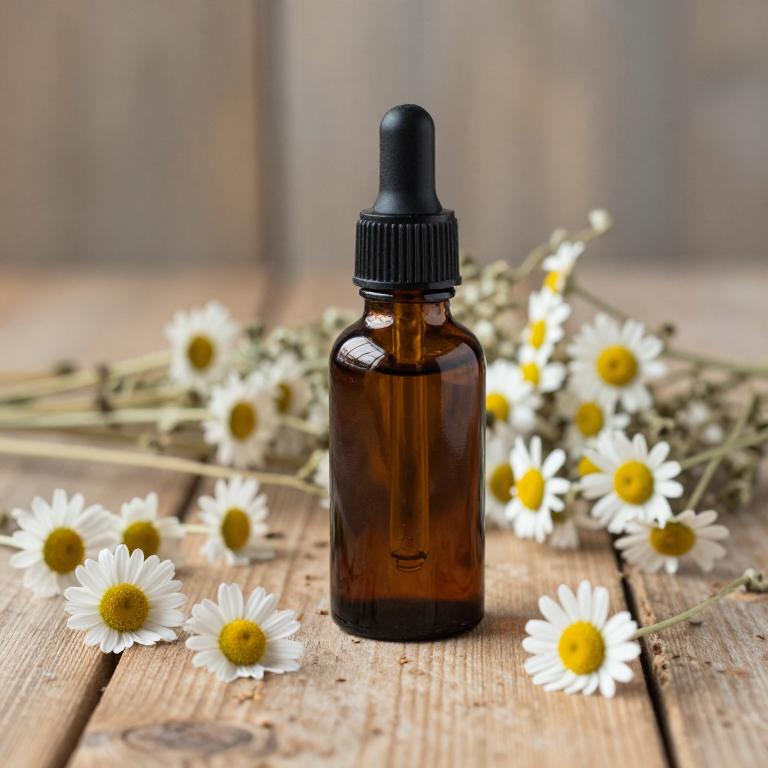
Matricaria chamomilla, commonly known as chamomile, is often used in herbal tinctures for its soothing and anti-inflammatory properties.
These tinctures are traditionally applied to the eyes to alleviate symptoms of redness, irritation, and mild inflammation. Chamomile contains compounds like bisabolol and chamazulene, which have been shown to reduce swelling and promote healing. When diluted properly, chamomile tinctures can be used as a natural remedy for red eyes, though they should not replace professional medical advice.
It is important to consult with a healthcare provider before using any herbal treatment, especially for eye conditions.
3. Urtica dioica
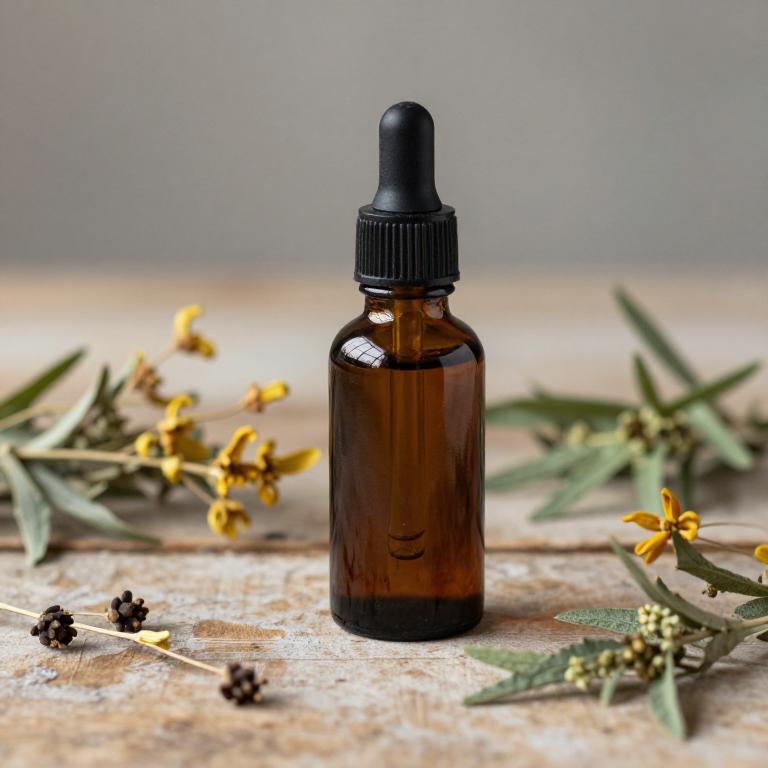
Urtica dioica, commonly known as stinging nettle, has been traditionally used in herbal medicine for its anti-inflammatory and soothing properties.
Urtica dioica herbal tinctures are often prepared by soaking the dried leaves in alcohol to extract their active compounds, including flavonoids and polyphenols. These tinctures may be used externally as eye drops to alleviate symptoms of red eyes caused by irritation or mild inflammation. However, it is important to consult a healthcare professional before using any herbal remedy, as improper use can lead to adverse reactions.
While some people find relief with stinging nettle tinctures, they should not replace conventional treatments for more severe or persistent eye conditions.
4. Chamomilla recutita
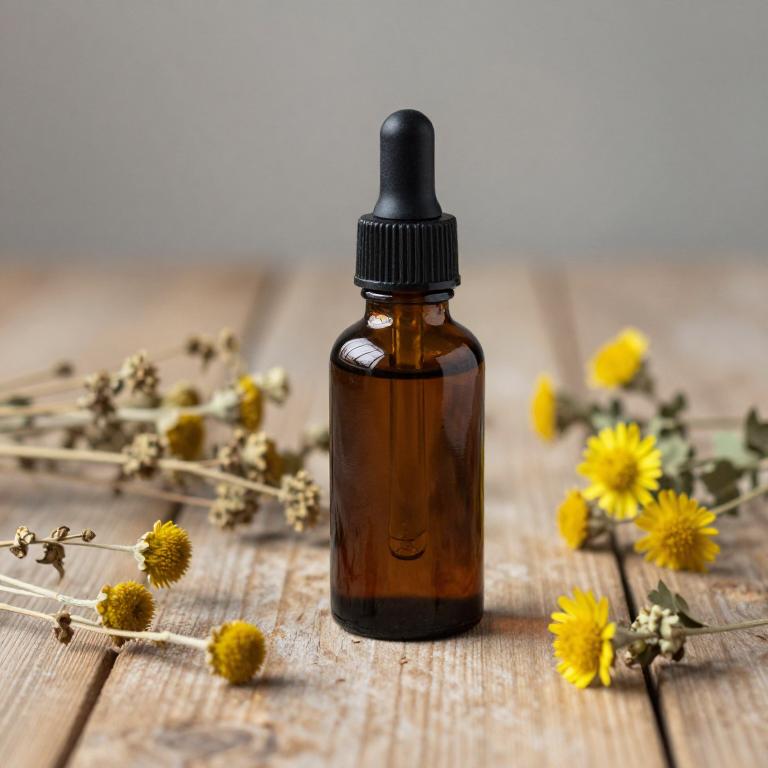
Chamomilla recutita, commonly known as German chamomile, has been traditionally used for its calming and anti-inflammatory properties, making it a popular choice in herbal tinctures for red eyes.
These tinctures are often prepared by extracting the essential oils from the dried flowers of the plant using alcohol, resulting in a concentrated form that can be applied directly to the eyes. The active compounds in chamomile, such as bisabolol and flavonoids, are believed to help reduce eye irritation, swelling, and redness by soothing the delicate eye tissues. Due to its gentle nature, chamomilla tinctures are considered safe for many individuals, though they should be used with caution and under the guidance of a healthcare professional.
Overall, chamomilla recutita tinctures offer a natural alternative for alleviating redness and discomfort associated with minor eye irritations.
5. Achillea millefolium
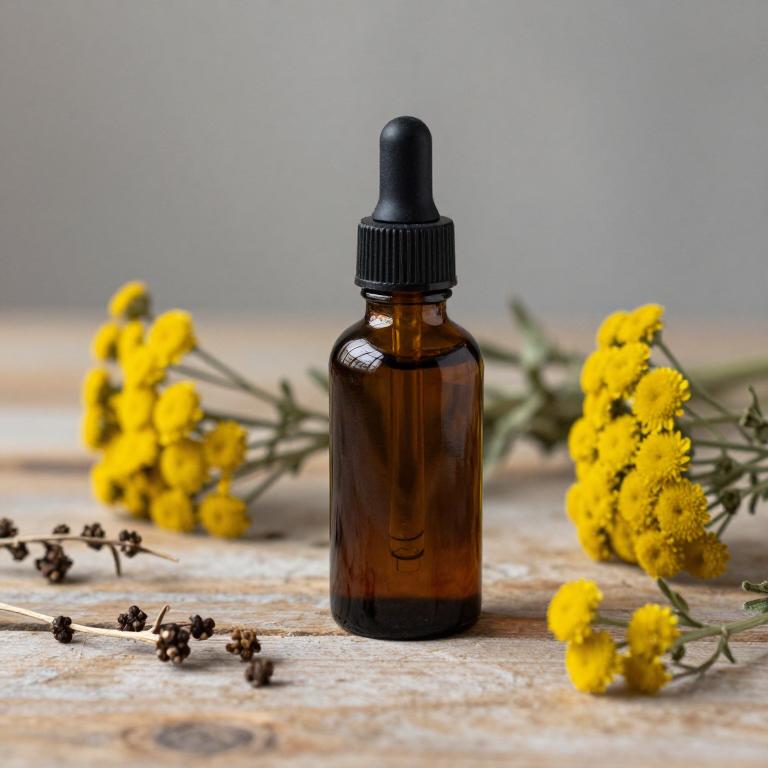
Achillea millefolium, commonly known as yarrow, has been traditionally used in herbal medicine for its anti-inflammatory and astringent properties.
When prepared as a tincture, it may help alleviate symptoms of red eyes by reducing inflammation and soothing irritated tissues. The active compounds in yarrow, such as essential oils and flavonoids, are believed to support eye health and reduce redness. While some anecdotal evidence suggests its potential benefits for eye conditions, it is important to consult a healthcare professional before using it for medical purposes.
As with any herbal remedy, individual responses may vary, and it should not replace prescribed treatments for serious eye conditions.
6. Rosa canina
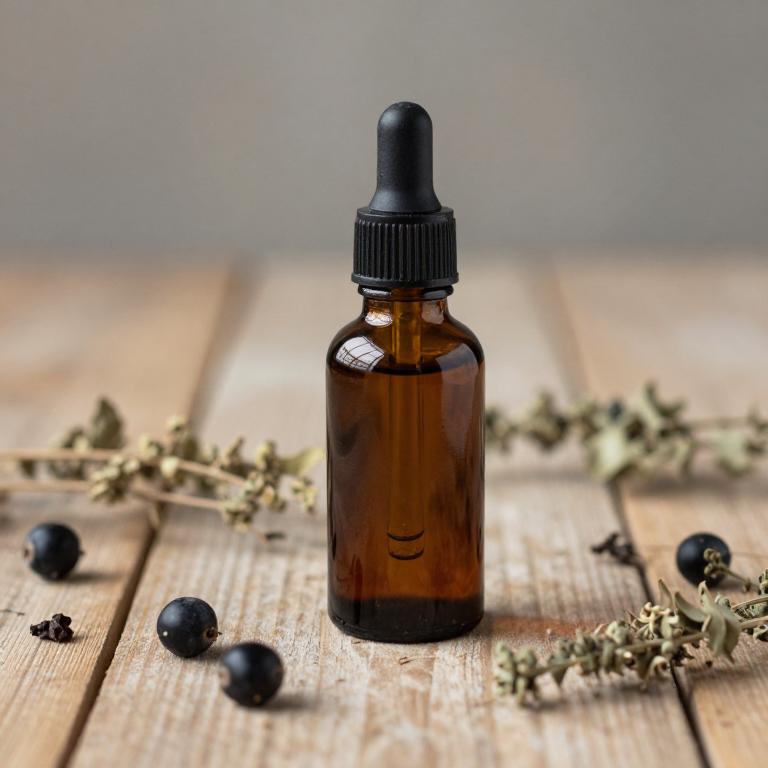
Rosa canina, commonly known as rosehip, has been traditionally used in herbal medicine for its high concentration of antioxidants and essential nutrients, including vitamin C and flavonoids.
Rosa canina herbal tinctures are often used to support eye health, particularly in cases of redness and irritation due to their anti-inflammatory properties. These tinctures may help reduce oxidative stress in the eyes, which can contribute to redness and discomfort. When used as part of a holistic approach, rosehip tinctures can complement other eye care practices, promoting overall ocular wellness.
However, it is important to consult with a healthcare professional before using any herbal remedy, especially if you have pre-existing conditions or are taking other medications.
7. Vitex agnus-castus
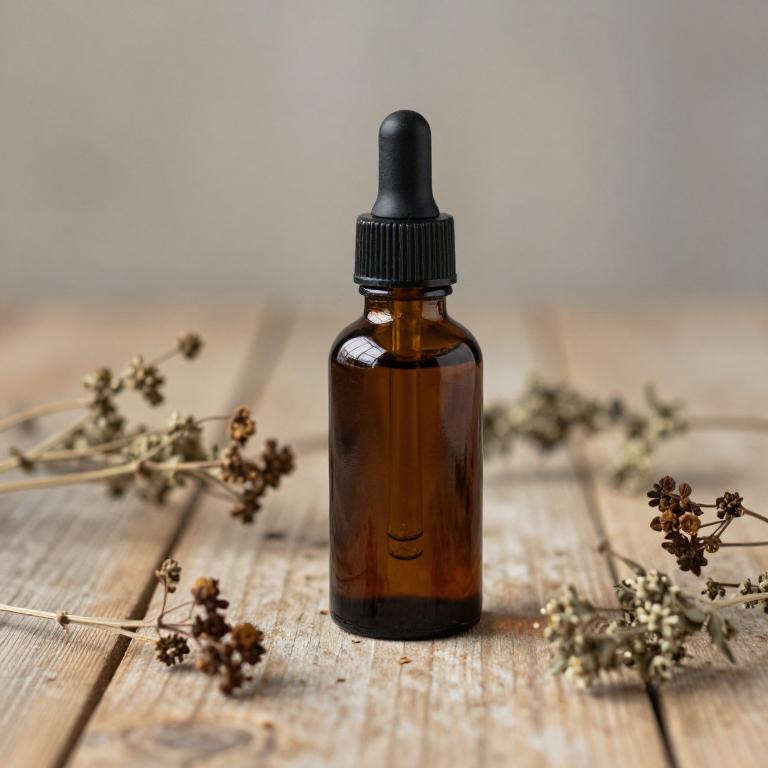
Vitex agnus-castus, commonly known as chasteberry, has been traditionally used in herbal medicine for its potential effects on hormonal balance and its calming properties.
While it is more widely recognized for its role in regulating menstrual cycles and supporting emotional well-being, some herbalists suggest that vitex tinctures may have a mild soothing effect on the eyes, possibly due to their anti-inflammatory and antioxidant properties. However, it is important to note that there is limited scientific evidence directly linking vitex to the treatment of red eyes, and it should not be used as a substitute for professional medical care.
When considering herbal tinctures for eye health, it is advisable to consult with a qualified healthcare practitioner to ensure safety and appropriateness for individual health conditions.
8. Cnicus benedictus
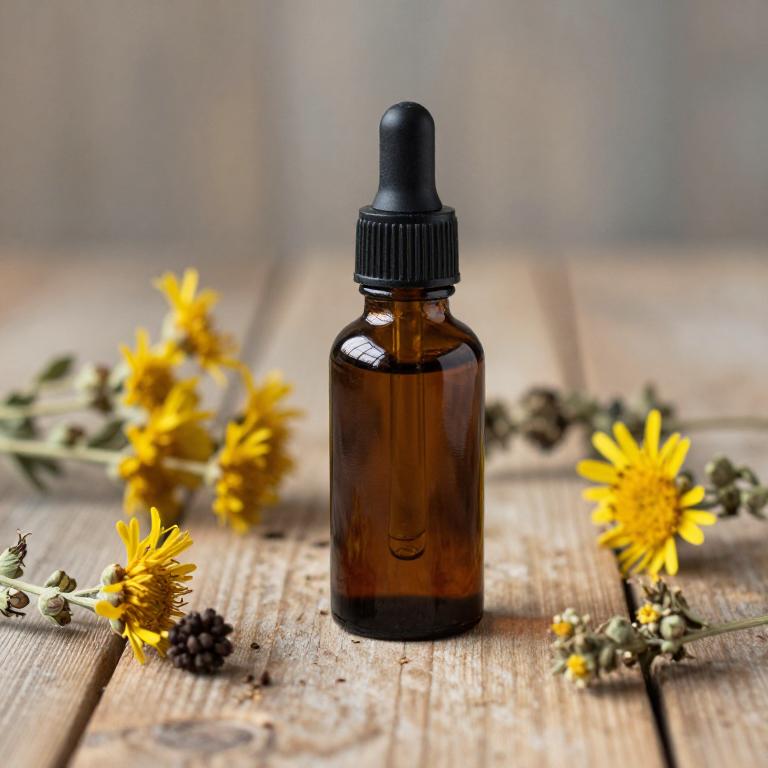
Cnicus benedictus, commonly known as blessed thistle, has been traditionally used in herbal medicine for its potential benefits in treating red eyes.
The tinctures made from this herb are believed to possess anti-inflammatory and antimicrobial properties that may help reduce eye irritation and infection. When used as a topical application, blessed thistle tinctures can soothe the delicate tissues of the eye and promote healing. However, it is important to consult a healthcare professional before using these tinctures, as they may interact with other medications or cause allergic reactions.
Despite its historical use, scientific research on its efficacy for red eyes is limited, and it should not replace conventional medical treatments.
9. Echinacea purpurea
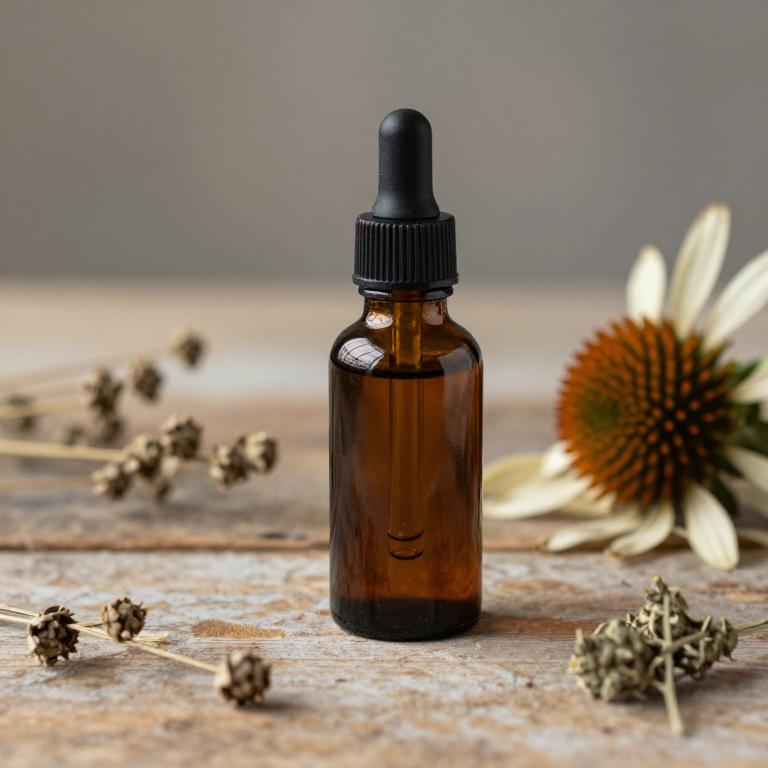
Echinacea purpurea herbal tinctures are traditionally used to support immune function and may offer potential benefits for conditions involving inflammation, including eye-related issues.
While there is limited direct scientific evidence specifically linking echinacea to the treatment of red eyes, some herbal practitioners suggest it may help reduce inflammation and alleviate symptoms associated with eye irritation or minor infections. The tincture is typically made by soaking the dried roots or flowers of the echinacea plant in alcohol, allowing the active compounds to be extracted. It is often recommended as a complementary therapy rather than a primary treatment for red eyes, and individuals should consult with a healthcare provider before using it, especially if they have underlying health conditions or are taking other medications.
Overall, echinacea tinctures may support general eye health when used as part of a holistic approach to wellness.
10. Nymphaea alba
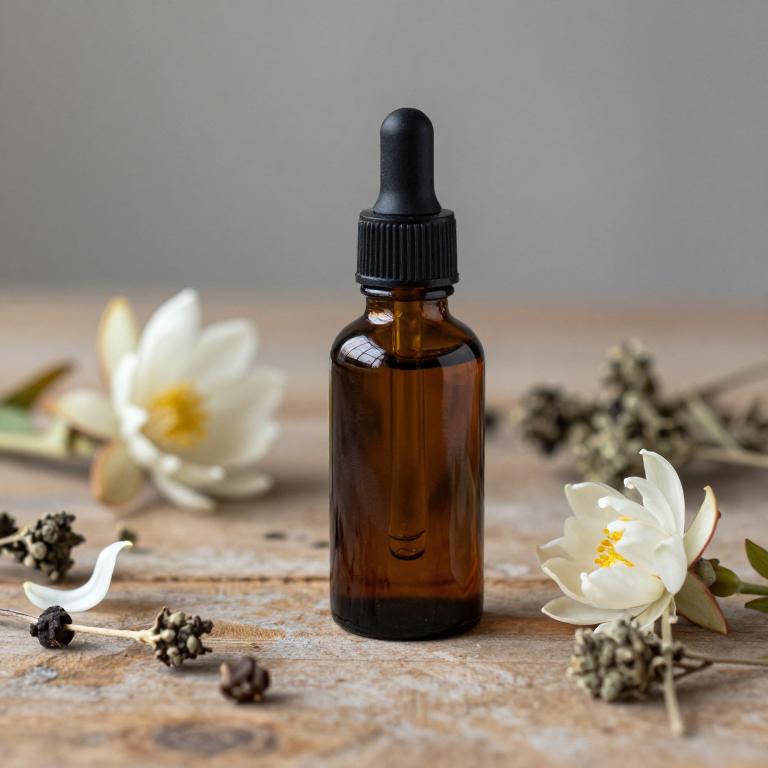
Nymphaea alba, commonly known as the white water lily, has been traditionally used in herbal medicine for its soothing properties, particularly in the treatment of red eyes.
The tinctures derived from this plant are believed to have anti-inflammatory and antimicrobial effects, which can help reduce eye irritation and infection. These tinctures are often prepared by extracting the plant's leaves and flowers with alcohol, preserving their active compounds for topical application. When used as eye drops, Nymphaea alba tinctures may provide relief from symptoms such as redness, swelling, and discomfort associated with minor eye conditions.
However, it is important to consult a healthcare professional before using any herbal remedy, especially for eye-related issues, to ensure safety and effectiveness.